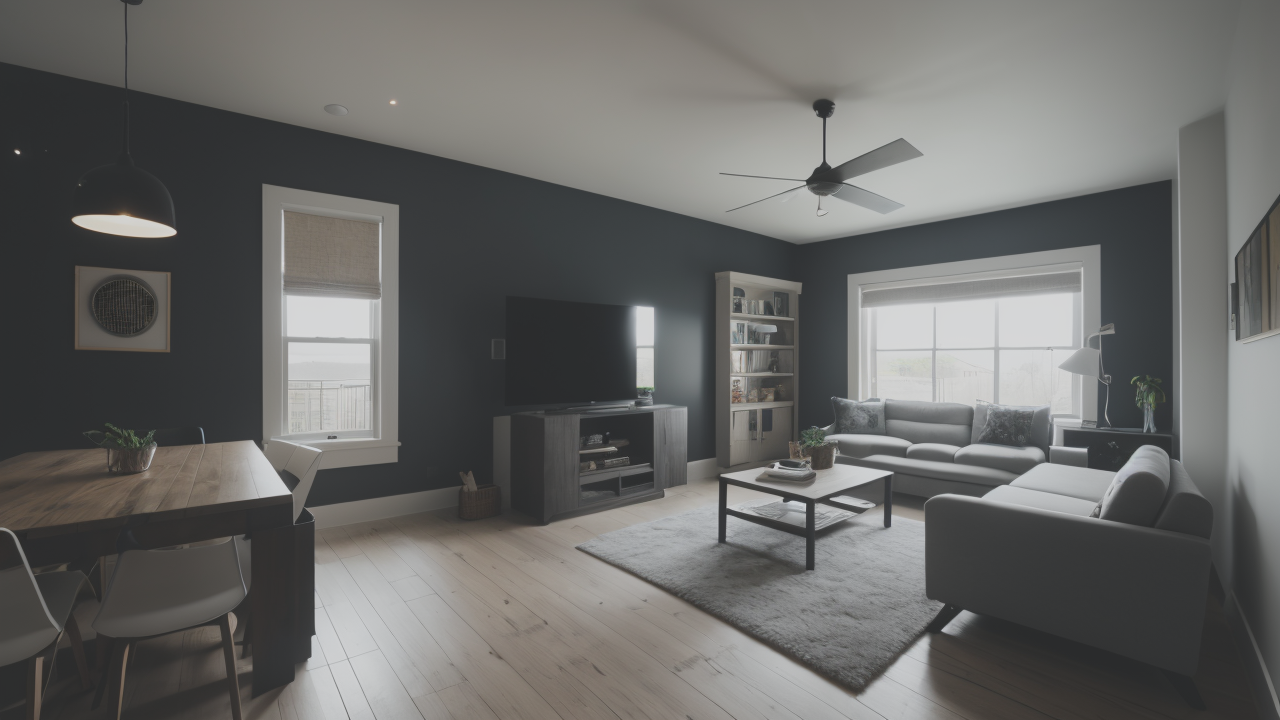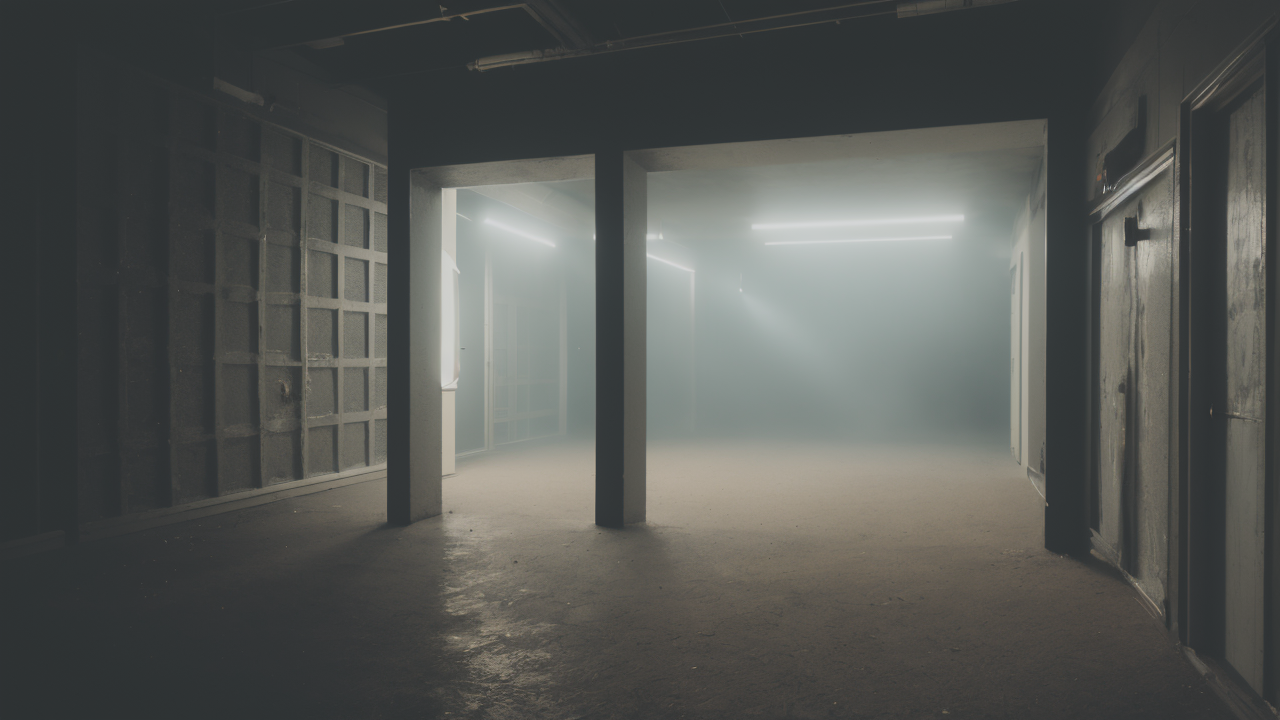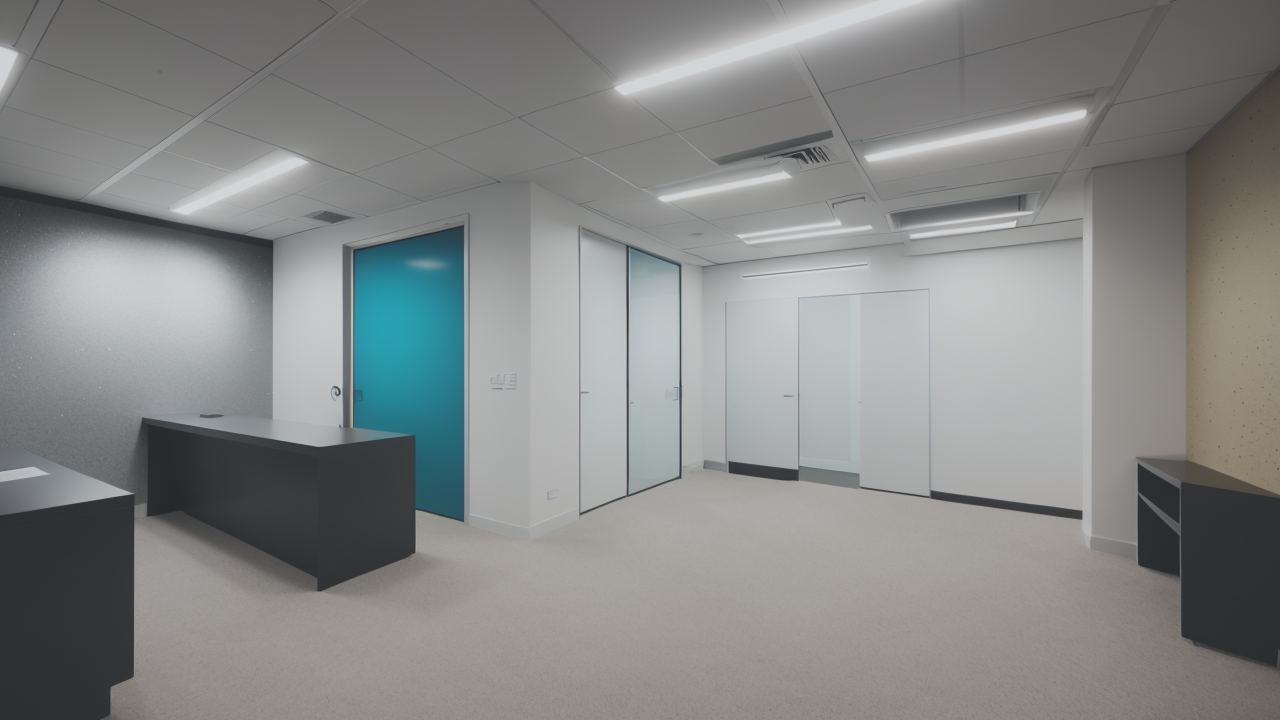
Curating Art Events: Showcasing Contemporary Design in American Homes
The Artistic Potential of Texture Plaster in Modern Decor
Understanding Texture Plaster and its Aesthetic Value
Texture plaster is a versatile material that adds depth to walls. It's more than just paint. It can create unique patterns and textures. This makes it perfect for contemporary American homes. Texture plaster can mimic various surfaces. It can look like rough stone or smooth silk.

The beauty of texture plaster lies in its adaptability. It can be bold or subtle. This makes it suitable for different design styles. In modern homes, it can add warmth and character. Texture plaster plays with light in interesting ways. This creates dynamic spaces that change throughout the day.
Texture plaster also has practical benefits. It can hide wall imperfections. It's durable and easy to clean. This makes it great for busy households. In America's varied climate, texture plaster holds up well. It resists moisture and can help regulate indoor temperatures.
The Role of Texture Plaster in Contemporary Home Design
In contemporary American homes, texture plaster is a key design element. It bridges traditional and modern styles. Designers use it to create focal points in rooms. It can also serve as a neutral backdrop for colorful art and decor.
Texture plaster allows for personalization. Homeowners can choose patterns that reflect their taste. Some opt for swirling designs that echo natural forms. Others prefer geometric patterns for a more modern look. The color options are endless. This lets each home have a unique feel.
In open-plan layouts, texture plaster helps define spaces. It can create visual separation without walls. For example, a textured accent wall can mark the dining area. In bedrooms, it can create a cozy atmosphere. In living rooms, it adds interest without overwhelming the space.
Case Studies: Innovative Uses of Texture Plaster in the Home
- A loft in New York uses industrial-inspired plaster textures to honor the building's history.
- A California beach house features wave-like plaster patterns to bring the ocean indoors.
- A mountain retreat in Colorado uses earth-toned plaster to blend with the natural landscape.
- A modern suburban home incorporates colorful abstract designs in textured plaster as wall art.
These examples show how versatile texture plaster can be. In the New York loft, it creates an urban, edgy vibe. The California beach house uses it to create a serene, coastal atmosphere. The Colorado retreat shows how texture plaster can connect a home to its environment.
The suburban home case is particularly interesting. Here, texture plaster becomes art itself. The colorful, abstract designs turn walls into canvases. This approach works well in contemporary American interiors. It adds vibrancy and personality to the space.
The Intersection of Texture Plaster and Visual Art
How Texture Plaster is Inspiring Visual Artists
Texture plaster is becoming a favorite medium for artists in America. Its versatility allows for endless creativity. Artists are using it to create unique works. These pieces often blend traditional techniques with modern styles.

Some artists use texture plaster to create relief murals. These works have depth and dimension. They catch light in interesting ways. This technique is perfect for public spaces and large walls. It allows artists to tell stories through texture and form.
Other artists are experimenting with color and texture plaster. They layer different colors to create depth. Some even mix in other materials like sand or glass. This creates artworks that are both visual and tactile experiences.
The Fusion of Texture Plaster and Painting: A New Aesthetic
The combination of texture plaster and painting is creating exciting new art. Artists are moving beyond flat canvases. They're creating three-dimensional paintings. These works have physical depth and visual complexity.
Some artists apply paint over textured plaster surfaces. This creates interesting effects. The texture changes how the paint looks. It can make colors appear deeper or more vibrant. Other artists embed objects in the plaster before painting. This creates unique textures and shapes within the artwork.
This fusion is particularly popular in contemporary American interiors. It allows for large-scale, impactful art pieces. These works can transform a room. They add color, texture, and visual interest to walls. Many homeowners are commissioning custom pieces for their spaces.
The Impact of Texture Plaster on Sculptural and Installation Art
Texture plaster is changing sculptural and installation art in America. Artists are using it to create large-scale works. These pieces can fill entire rooms or outdoor spaces. Texture plaster allows for both fine details and broad forms.
In installation art, texture plaster helps create immersive environments. Artists can transform walls, floors, and ceilings. They create spaces that viewers can walk through and interact with. This type of art is becoming popular in museums and public spaces.
Outdoor installations are also benefiting from texture plaster. Artists can create durable works that withstand the elements. These pieces often interact with natural light and surroundings. They change appearance throughout the day. This adds a dynamic element to public art.
Texture Plaster in Commercial Spaces: A Closer Look
Enhancing Business Environments with Texture Plaster
Businesses in America are using texture plaster to create unique spaces. It helps them stand out from competitors. Texture plaster can reflect a company's brand and values. It creates memorable environments for customers and employees.

In offices, texture plaster improves acoustics. This is valuable in open-plan layouts. It can also define different areas without using walls. This flexibility is perfect for modern, adaptable workspaces. Textured walls can also boost employee mood and productivity.
Texture plaster is cost-effective for commercial spaces. It's easier to update than major renovations. Businesses can refresh their look by changing textures or colors. This allows them to keep up with design trends without big expenses.
Retail and Hospitality: Incorporating Texture Plaster into Design
Retail stores in America use texture plaster to create engaging spaces. It can guide customers through the store. Textured walls can highlight product displays. They can also create different zones within the space. This helps with store layout and customer flow.
In hotels, texture plaster adds character to rooms and common areas. Each space can have a unique feel. This is great for boutique hotels that want to offer special experiences. Texture plaster can also reflect local culture and art. This appeals to tourists looking for authentic stays.
Restaurants use texture plaster to set the mood. It can create cozy or lively atmospheres. Some restaurants use it to showcase regional influences. Others use it for modern, sleek looks. Texture plaster helps create immersive dining experiences.
Corporate Branding and Identity Through Texture Plaster Artistry
Companies in America are using texture plaster for branding. They create signature looks in their spaces. This can include textures inspired by their logo or products. Such designs reinforce brand identity in physical environments.
In corporate offices, texture plaster makes strong first impressions. It can convey a company's values and culture. A tech company might use sleek, modern textures. A company focused on sustainability might choose natural patterns. This helps communicate the company's identity to visitors and employees.
Texture plaster allows for storytelling in corporate spaces. Companies can use textures to represent their history or mission. This creates engaging environments for everyone. It turns office walls into canvases for brand narratives. This approach is becoming popular in America's diverse business sector.


